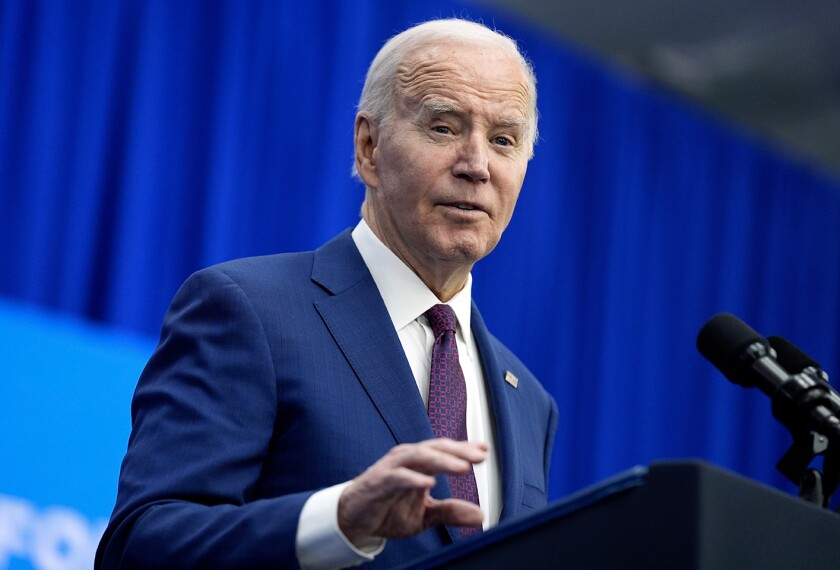How much Pennsylvania spends on schools is, in many ways, less important than how that money is spent, according to a new analysis of the state’s education spending patterns and student achievement. Standard & Poor’s, the New York City- based company best known for providing financial information and corporate credit ratings, released the 50-page “Statewide Insights” report last week.
The report for Pennsylvania, “Statewide Insights” is available from Standard & Poor’s School Evaluation Services. (Requires Adobe’s Acrobat Reader.)
From 1997 to 1999, 60 percent of Pennsylvania school districts with above-average scores on the state’s accountability exams had below-average spending, the report says. On the other hand, nearly a third of all school districts with above-average spending had below-average scores.
While the report does not offer specific explanations for why some lower-spending districts have greater success than those that spend more, it does offer snapshots of statewide indicators like teaching experience, class size, and student-teacher ratio that together may offer a broader window into why some lower-spending districts have higher achievement.
“Best practices” can be seen in a wide range of districts, said Jonathan Jacobson, the director of Standard & Poor’s School Evaluation Services. “The message that becomes clear is that money alone is not the answer.”
When achievement levels are viewed as a “return on resources,” according to the report, Pennsylvania’s current rate of return “suggests that additional spending, on its own, is not likely to enable all students to meet state standards.” The report goes on to say that more “fundamental and perhaps structural changes may be needed to maximize the impact of incremental spending on student achievement.”
While the state’s average per-pupil operating expenditure in 1999 was $7,367, the highest-spending district spent $13,170 per student, while the lowest-spending district spent $4,775 per student, the study found.
Like most states, Pennsylvania has struggled to close significant achievement gaps between students from different racial or ethnic groups and economic backgrounds. Scores for white students on the 1999 Pennsylvania System of Student Assessment were about three times more likely to be above the state’s average score than those for black or Hispanic students, the report says.
Information about race and ethnicity was self-reported by students to the state, and 12 percent did not specify their backgrounds.
While significant gaps in achievement exist between school districts with disparate racial and socioeconomic characteristics, the study found that many districts performed better than their demographics would have predicted. In Pennsylvania, 165 schools and 31 school districts in 1999 posted above-average state test scores even though they have a higher-than-average number of students from low- income families.
The Standard & Poor’s analysis looks at state data from 1997 to 1999. Later this month, the company will post information for 2000 on its Web site, along with additional information about individual charter and other public schools in Pennsylvania.
Data Analysis
The school evaluation arm of the bond rating firm has a four-year contract with Pennsylvania to examine state data on testing results and school funding and offer educational comparisons between districts.
This is the second statewide report from Standard & Poor’s School Evaluation Services since it began offering the service in May 2001. An analysis of Michigan, which also has a contract with the company, came out last year. (“Standard & Poor’s Puts Michigan Data Under Microscope,” Jan. 9, 2002.)
“Despite the compelling benefits of data-based decisionmaking, school communities have rarely had consistent access to sufficient data to benchmark their financial and academic performance,” the Pennsylvania report says. “Even when data are available, they are rarely analyzed in an objective, comprehensive, and public manner.”
Mr. Jacobson of Standard & Poor’s said the company hopes to contract with several states around the country.
The service holds particular benefit, he argued, since the enactment of the federal “No Child Left Behind” Act, which requires states to collect more specific information about students than in the past. A number of states have expressed interest in the service, which he said provides an objective look at educational data.




